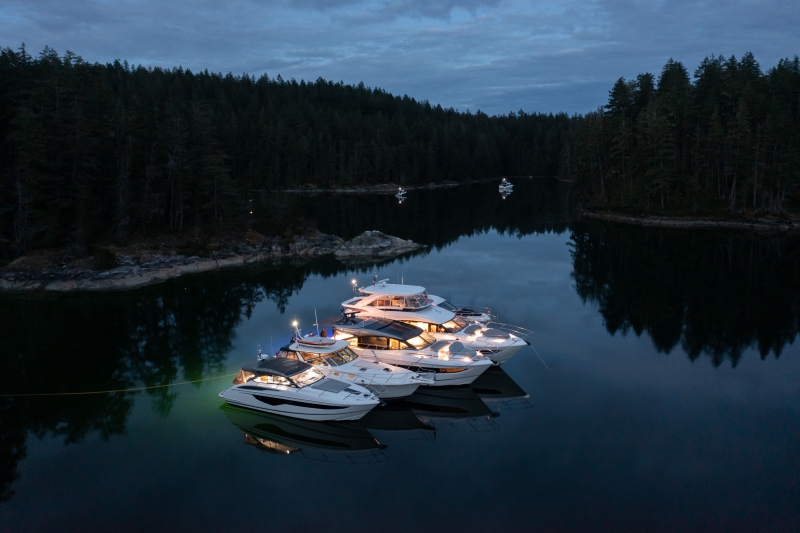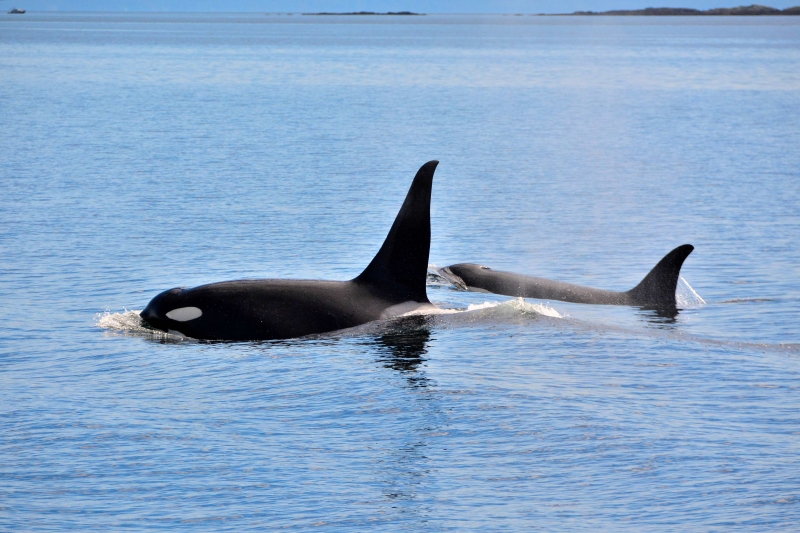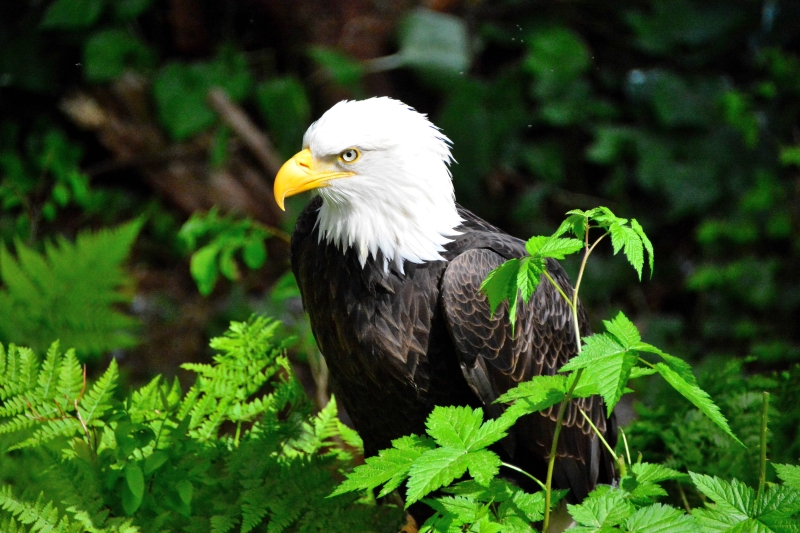Tips for Better Boating Photos
19th June 2023
Want your boating photos to be the ones that everyone wants to see? The ones that look crisp, colorful, and really convey the sense of “being there”? Here are a few tips for better boating photos

Keep the camera lens clean. Probably the simplest thing to do, and it will have an enormous impact on your photos. Purchase a good lens cleaning cloth and solution. Keep the lens cap on the lens whenever you’re not taking a picture.
Keep your camera available. The best photos happen spontaneously. It’s no good having to rummage through lockers below looking for your camera while dolphins jump spectacularly over the bow. Keep it on deck, but keep it protected. If it’s easily accessible, you’re more likely to use it.

High resolution. Always shoot on the highest resolution. You will be heartbroken if you take a real winner, only to discover it will only print out the size of a credit card.
Take lots of images and throw the bad ones away. This is one of the greatest benefits of a digital camera – it doesn’t cost anymore to take lots of photos.
Use a polarizing filter. A polarizing filter is like putting sunglasses on the camera. It will help reduce glare on the water and will make the sky a deeper blue and clouds will standout more sharply.
Watch the horizon. The horizon is always horizonal, so try not to change the physics and have sloping water. It sounds obvious, but when the boat is healing over it’s easy to get distracted.
Get Close. The zoom lenses, now standard on most digital cameras makes it easy to sneak up on your subjects. But even if you think you’re too close, try getting a little closer. You will be surprised at the change of mood and detail in your picture. In general, you want to fill more than four-fifths of the frame in a closeup.

Compose. Ask yourself: What is the subject of this photograph? Don’t just point and shoot. Move around and play with the zoom and wide-angle lens function to fill the frame with elements that work together. Concentrate on your subject, but consider what’s in the foreground, the background, and the effects of the light.
Get down or up to your subject’s level. This is sometimes easier said than done, especially if the subject is six inches off the ground or 20 feet in the air.
Rethink your flash. Using a flash is probably not one of the first things you think of when shooting outdoors, but a “fill-in flash often produces better outdoor photos. A flash can remove the shadow across your subject’s face or bring out the detail of a captain’s face in his wheelhouse.
Think in thirds. Because you are taking a picture of, say, your boat, you would think the boat should be in the center of the picture. But by moving it of center, it draws the eye and the viewer’s interest. When composing a picture, divide the view finder into an imaginary tic-tac-toe board, then place your subject at the intersection of two lines.

Simple editing can help most photos. Take a few minutes when you download your photos and throw away the bad ones. Then spend a few minutes with a simple editing program. It’s easy to straighten the horizon or adjust the sharpness and composition slightly. This is also a good time to catalog, title and tag the photos so they will be easier to find years later.
There you have it, some simple tips for better boating photos. Get clicking!


